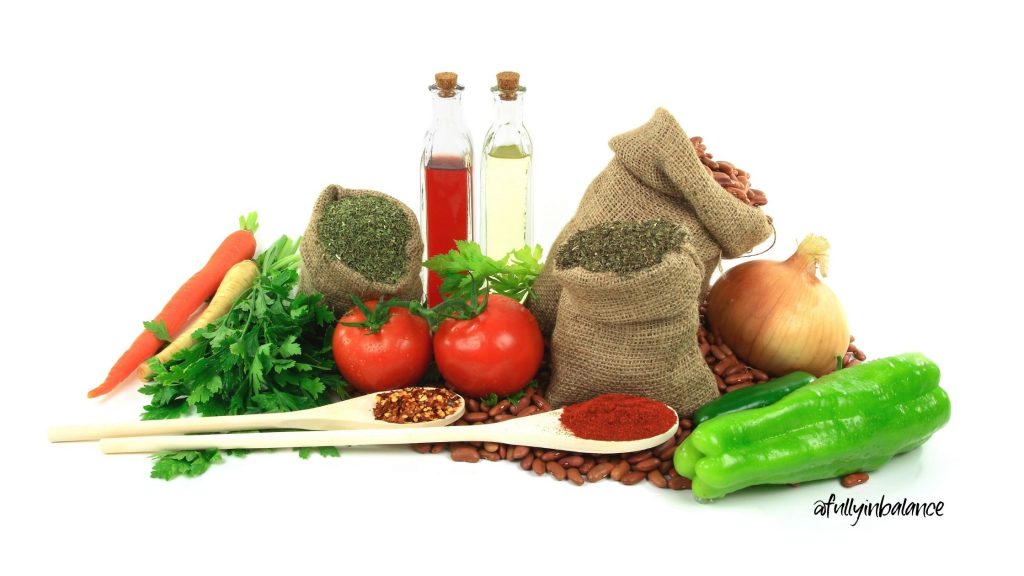Healthy Eating Changes to make this Winter
As the temperature drops, our nutritional needs change. Except for winter sports enthusiasts, people become less physically active. After all, when it’s cold and snowy outside, even a trip to the closest supermarket can be a daunting task. And with the advent of cold and flu season, staying healthy takes a bit more effort. What’s more, nutrition-packed fruits and vegetables that were plentiful during the summer may be in short supply—and take a bigger amount out of our wallets.
However, there are many delicious and affordable ways to ensure proper nutrition and healthy eating changes during the cold winter days.
These tips will help you maintain optimum health and please your palate at the same time. Here are some healthy eating changes to make this winter.
Go for Beans
There are many varieties of legumes, including garbanzo beans (aka chickpeas), lentils, lima beans, and pinto beans. These hearty foods have something in common: they are fiber and protein powerhouses. Beans can be added to stews and soups, served in salads, and cooked and eaten by themselves. To reduce gassiness, soak them in water for six to eight hours and rinse before preparing.
Try Some Spuds
Potatoes have an undeserved bad reputation for their starch content. However, they are chock full of vital nutrients. One potato provides hefty amounts of immunity-boosting vitamins B6 and C (29% and 25% of the recommended daily allowance of each). Fiber—4 grams in an average-size potato—and folate, essential for the proper development of unborn babies, are added bonuses.
Purple potatoes are great sources of anthocyanins, antioxidants with a variety of benefits ranging from keeping heart disease at bay to reducing inflammation.
Adding carrots, parsnips, turnips, and other roots vegetables to mashed potatoes is a delicious way to include vegetables in a wintertime diet.
Add Turkey
Great animal protein, low in calories and high in protein, it’s natural in sandwiches, soup, salads, stir-fry, and by itself.
Fall in love with Turmeric
Turmeric is a natural way to help boost the immune system to the maximum capacity. Try adding extra turmeric into your diet not only in winter that flus seem everywhere but also if you are experiencing periods of stress.
I like to add it to everything for example add to scrambles and frittatas, toss it with roasted vegetables, add it to rice, use it in soups, blend it to a smoothie or just make a tea with it.
Include Winter Squash
Spaghetti, acorn, and butternut are only a few types of this colorful, tasty, nutritious vegetable. Winter squash is low-calorie and rich in fiber, vitamin A, folic acid, and vitamin C. Acorn squash also has 30% of the RDA of vitamin B1, 25% of B6, and 31% of magnesium.
And butternut squash is a powerhouse of vitamins A and C: 179% and 31% of their respective daily requirements.
Add Some Greens and Reds
Chard, collards, and kale flourish in winter; frosty weather can reduce kale’s bitter taste. With healthy amounts of vitamins C, A, and K—and plenty of folate in escarole, mustard greens, and collards—leafy greens can keep people’s immune systems in good shape.
Red cabbage, a cousin of kale, contains few calories and lots of vitamin A, plus zeaxanthin and lutein, phytochemicals so important for eye health as people age.
Don’t Forget Fruit
Citrus fruit is loaded with vitamin C. Grapefruit, oranges, and their cousins are also excellent sources of all-important flavonoids. Hesperidin, the dominant flavonoid in citrus fruit, is known to raise HDL cholesterol (the good kind), reduce LDL cholesterol, and lower triglyceride levels.



